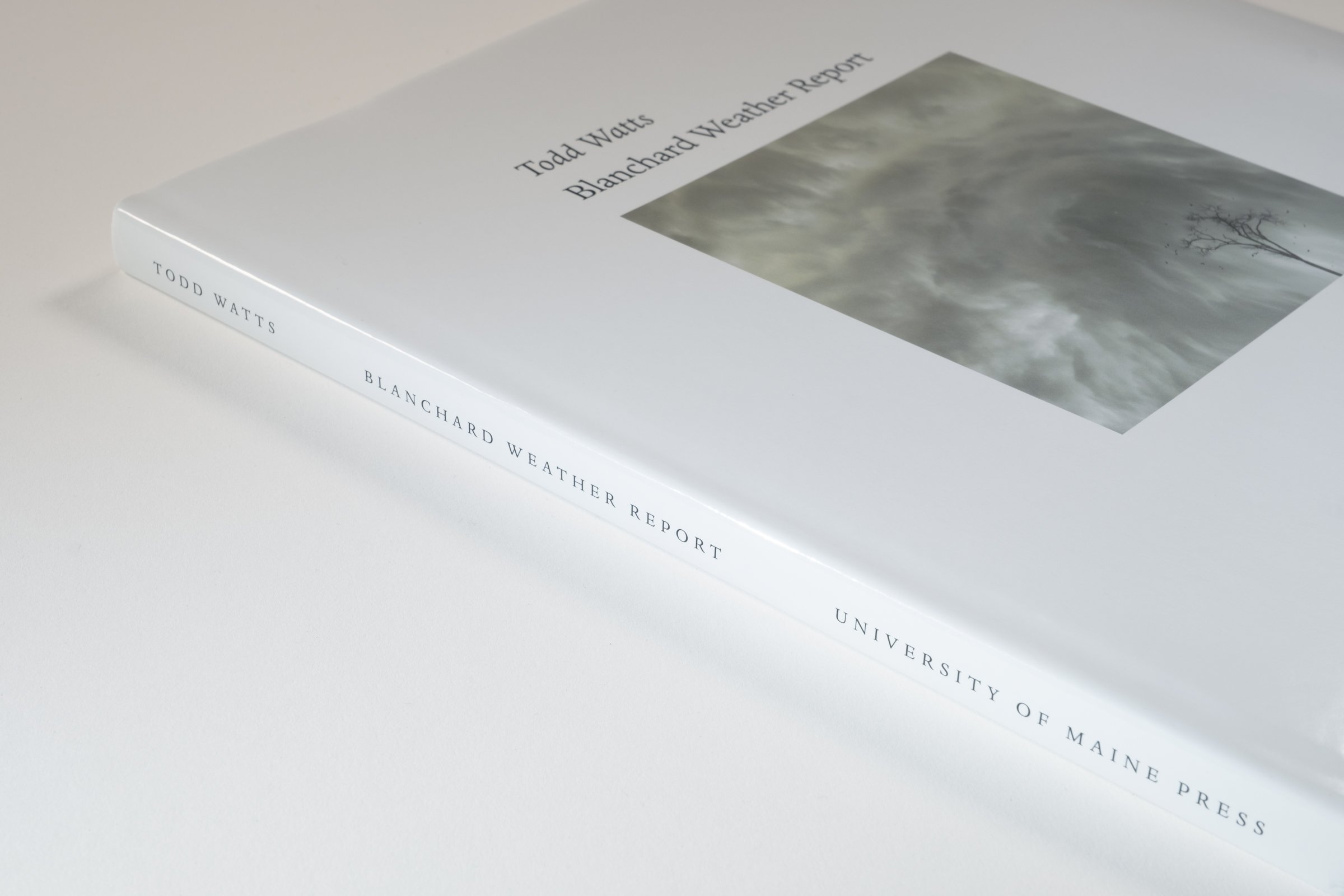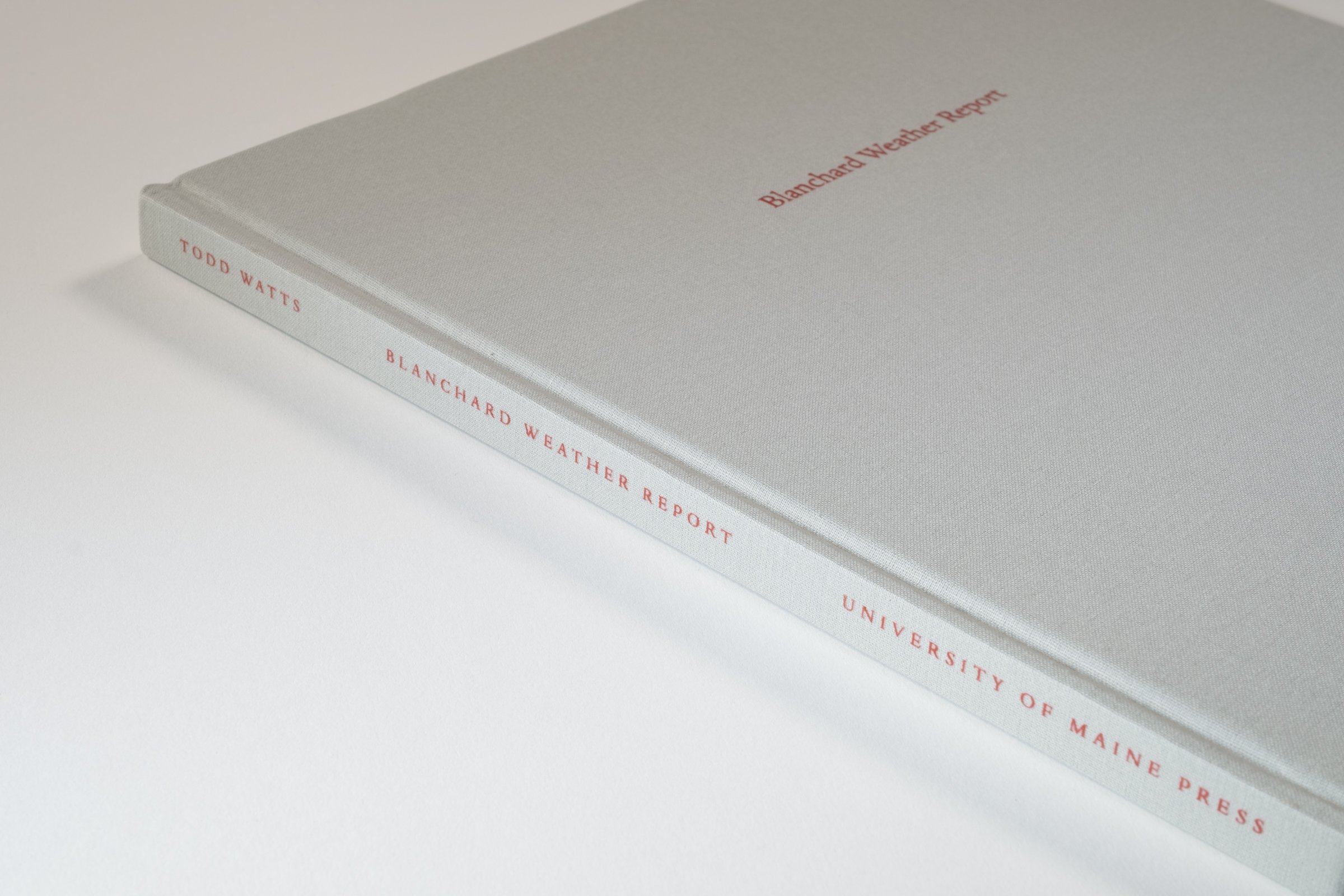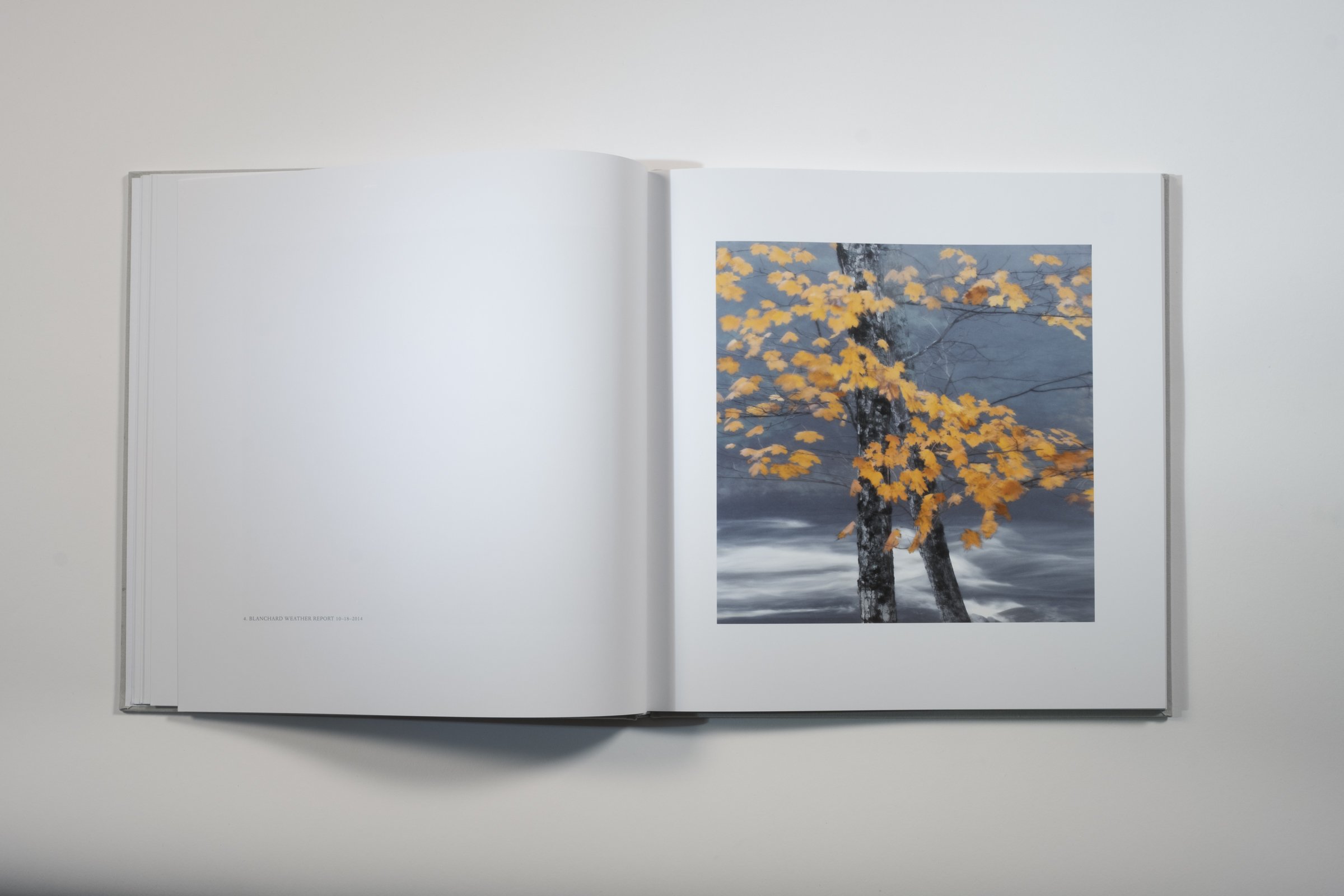Todd Watts, Blanchard Weather Report












Todd Watts, Blanchard Weather Report
“Baby, it's cold outside,” I know that song and hear it played on the radio each winter. I heard an exemplary rendition this past holiday season, performed by Willie Nelson and Norah Jones. The refrain was written by Frank Loesser in 1944, but I find it easy to imagine that they were the first words spoken by Adam to Eve, or she to he. Today, I counted how many times I mentioned the weather to my wife and she to me – twelve. The last thing she said as she slipped into sleep was, “Did you hear the weather report for tomorrow?” When I first meet someone and am unsure of what to say, I mention the weather. So do they. It is a safe bet that whatever weather opinion each holds, the conversation won't escalate to fisticuffs. Farmers I have met are never happy about the weather. It is either too cold or too hot or too wet or too dry. Never just right. Picnic goers, and skiers, and airplane pilots, and builders, and shoppers, and moms, dads, and little kids will all have their say. Weather is the context within which romances are born and murders are committed. The weather has influenced all our actions and everything else. I am not saying anything new here, but there is something new. Until recently, the weather has been, for the most part, anonymously consequential. The elephant that came to every picnic along with the ants. An unconscious unpredictable entity that we love when it suits us and hate when it gets in the way. It wasn't the asteroid but the resulting weather that brought on the Paleocene. Now, it is argued, we find ourselves in the Anthropocene. We arrived here on a wave of unconsidered action and we have done the impossible. We have altered the weather.
The Blanchard Weather Report began as a visual report sent to friends who asked. A visual conversation. A wordless documentary discourse carried on over the internet. In those first pictures, there were objects – trees, and rocks, and streams, and grass – but the weather was the subject. On a particularly windy day, failing to keep my footing and wondering if that loud sound was my rib cracking – it was the screen on my phone – I began to think of the weather as an object. Equal to the flowers, and to the mountains, and to the lakes. No less solid than a taxi careening towards a jay walker on Herald Square. Weather is affecting and I felt affected. I blame the weather for my damaged phone and also for umbrellas that collapse and for galoshes. But the weather also provides color and line, mass and movement, time and history – and these are building blocks of visual art. Add to these, the recent political wrangling, economic turmoil, social unrest, and general uncertainty surrounding the weather, and you have all of the elements this artist requires to work.
The Blanchard Weather Report started as document; but it took a left turn. The natural relationship of the parts came undone, as happens in art, all of the elements demanding their place but not in any particular order. Color and line, mass and movement, are present but not bound by time and history. Time begins when we see the picture, and history follows. Time is the picture, history is the viewer. Artworks are new to nature, and in the Blanchard Weather Report I am adopting nature. There are no people in these pictures. There is no need because their presence is implied. In art, our presence is always implied. As we look at pictures, we become complicit in their making, as we are in every artwork ever made. - Todd Watts
“Isn't this a lovely day to be caught in the rain? You were going on your way, now you've got to remain”. - Irving Berlin, 1935.
11.5 x 11.5 inches
Published by: Artist
